What Is a Short Term Effect from THC Vapes? An Authoritative Guide
THC vapes have emerged as one of the most popular methods for consuming cannabis. With increasing legalization and changing consumption habits, more users are turning to vape pens, cartridges, and dab pens for a fast-acting “high.” Yet, while many tout these devices as a cleaner, more discreet alternative to smoking, it is crucial to understand the short-term effects from THC vapes. This article explains what a short term effect from THC vapes means, examines the underlying mechanisms that produce these immediate effects, and reviews authoritative data on the cognitive, physiological, and behavioral outcomes that users may experience.
In this guide, we define THC vaping, explore its rapid onset due to inhalation, and discuss the most common immediate effects. We also consider factors that influence these effects, compare vaping with other cannabis consumption methods, and highlight current regulatory and safety considerations. By drawing on data from the Centers for Disease Control and Prevention (CDC), the U.S. Food and Drug Administration (FDA), and Health Canada, this article provides a balanced, evidence-based overview—empowering consumers with the knowledge needed to make informed decisions.
Introduction: What Is a Short Term Effect from THC Vapes?
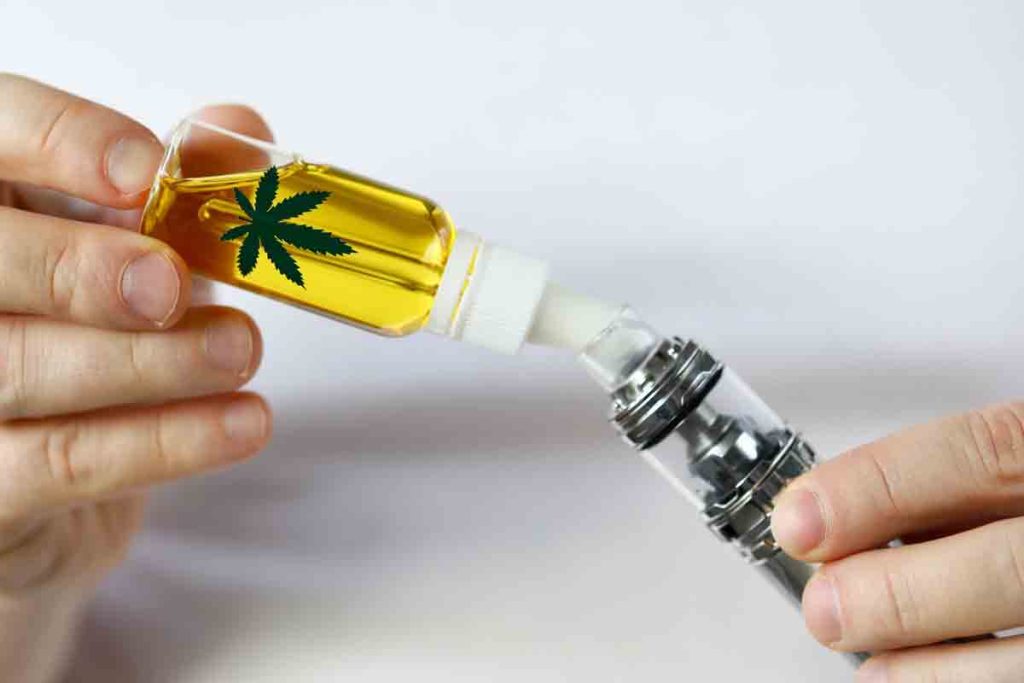
THC vapes are devices that heat concentrated cannabis extracts to produce an aerosol, which is then inhaled. Unlike traditional smoking, where the plant material is burned, vaping relies on controlled heating below the combustion point. This process converts non-psychoactive THCA into the active compound tetrahydrocannabinol (THC), delivering a rapid, potent dose directly to the bloodstream via the lungs. The immediate effects—or short term effects—from THC vapes can manifest within minutes, offering users an almost instantaneous “high.”
Short term effects encompass both psychological and physiological responses. Many users report feelings of euphoria and altered sensory perceptions. However, these benefits may be accompanied by less desirable reactions such as anxiety, dizziness, and impaired coordination. With cannabis vaping devices becoming more accessible and appealing—especially among younger adults—the urgency to understand these acute effects has grown.
Authoritative bodies like the CDC have observed that even a single session of THC vaping can lead to noticeable changes in heart rate, cognitive function, and mood. In addition, these rapid effects raise concerns about dose control, as the high potency of some vape products can lead to intense experiences that may not be suitable for all users.
Defining THC Vapes and Short-Term Effects

THC vape devices include a variety of products—vape pens, cartridges, and dab pens—designed to deliver cannabis extracts. They operate by using a battery-powered heating element to raise the temperature of a THC concentrate without burning it. This controlled heating generates an aerosol containing active THC, which is rapidly absorbed through the lungs, bypassing the slower digestive process associated with edibles.
The term “short term effect” from THC vapes refers to the immediate and temporary physiological and psychological responses that occur soon after inhalation. These effects can include feelings of euphoria, changes in perception, increased heart rate, dry mouth, and sometimes anxiety or paranoia. Because vaping allows for rapid absorption into the bloodstream, users typically experience these effects within minutes, which is why THC vapes are often chosen for their quick onset.
Understanding these short-term effects is essential for both recreational users seeking an immediate “high” and medical users who rely on rapid symptom relief. However, the intense nature of these effects—especially when using high-potency concentrates—means that even short-term reactions can vary widely among individuals.
Mechanism of THC Vaporization and Production of Short-Term Effects
The rapid onset of short-term effects from THC vapes is largely due to the efficient mechanism of vaporization. Unlike combustion—which destroys a significant portion of THC through pyrolysis—vaping heats cannabis extracts to a controlled temperature (usually between 157°C and 230°C) that is high enough to convert THCA to THC without producing smoke. This process produces a vaporized aerosol that is almost instantly absorbed into the bloodstream via the lungs, leading to near-immediate psychoactive effects.
Once inhaled, the aerosol delivers a concentrated dose of THC directly to the brain, where it binds to cannabinoid receptors. This receptor interaction is responsible for the quick appearance of effects such as euphoria, altered sensory perception, and, in some cases, anxiety or paranoia. Because the delivery is so rapid, users may experience a very intense “high” that peaks quickly and then subsides over the course of a few hours.
In addition, the concentrated nature of the THC in vape liquids means that even small amounts can lead to significant effects. Variations in device temperature, product quality, and individual tolerance levels further influence the short-term impact. As a result, while some users enjoy a mild, controlled effect, others might experience an overwhelming or uncomfortable reaction.
Overview of Common Short-Term Effects from THC Vapes
Short-term effects from THC vapes encompass a range of psychological and physiological responses that occur within minutes of inhalation. These effects can be broadly categorized as follows:
Psychological Effects
- Euphoria and Relaxation:
Users often experience a strong sense of well-being and relaxation shortly after vaping. This is due to the rapid delivery of THC, which stimulates the brain’s reward pathways. - Altered Perception:
Sensory changes are common, with users reporting altered perceptions of time, space, and their surroundings. In some cases, this can lead to a heightened appreciation for music, art, or social interactions. - Anxiety or Paranoia:
For some individuals—especially inexperienced users or those consuming high doses—THC can trigger feelings of anxiety or paranoia. These effects are usually transient but can be distressing.
Physiological Effects
- Increased Heart Rate:
Vaping THC can cause a rapid increase in heart rate, sometimes by as much as 20–30 beats per minute. This cardiovascular response is part of the body’s acute reaction to THC. - Dry Mouth and Red Eyes:
Commonly reported physical symptoms include dry mouth (cottonmouth) and bloodshot eyes, which are the result of THC’s effect on the body’s salivary glands and blood vessels. - Dizziness and Lightheadedness:
Some users may experience dizziness or a feeling of being lightheaded, which can impact coordination and balance. - Short-Term Cognitive Impairment:
Immediate effects on memory and concentration may occur, leading to temporary challenges with focus or decision-making.
These immediate effects are typically short-lived—lasting from 1 to 3 hours—but can vary significantly depending on the product potency, individual tolerance, and method of use. The rapid onset of these effects is what makes vaping appealing to many, but it also means that the potential for an intense and sometimes overwhelming experience is high.
Detailed Analysis of Specific Short-Term Effects
Cognitive and Psychological Effects
The most prominent short-term psychological effect from THC vapes is a rapid change in mood. Users often report a sudden sense of euphoria—commonly described as a “high”—that can improve mood and increase social engagement. However, this can be a double-edged sword. For some individuals, particularly those new to cannabis or sensitive to THC, the sudden surge in cannabinoids can trigger anxiety or paranoia. Studies have shown that high-potency THC products, often used in vape cartridges, are more likely to induce anxiety and panic attacks in susceptible individuals (CDC, 2020).
Furthermore, cognitive effects such as temporary memory impairment, reduced attention span, and altered decision-making abilities are frequently noted. These changes occur as THC binds to CB1 receptors in the brain, which are critical for memory formation and executive function. Such alterations may interfere with tasks that require concentration, making activities like driving or operating machinery particularly hazardous shortly after vaping.
Physiological Effects
Physiologically, one of the most measurable short-term effects from THC vapes is an increase in heart rate. Research indicates that inhaling vaporized THC can raise heart rate by 20–30 beats per minute, a response that may be risky for individuals with underlying heart conditions. Additionally, users often experience dry mouth and red, bloodshot eyes. These symptoms are direct results of THC’s impact on the autonomic nervous system, leading to decreased saliva production and dilation of blood vessels.
Some users may also report lightheadedness or dizziness. This is thought to result from a combination of the rapid onset of THC’s effects and the temporary drop in blood pressure that can sometimes accompany it. Although these effects are generally transient, they can be severe enough to impair coordination and balance—factors that may contribute to accidents if the user is engaged in physical activities.
Duration and Variability
The onset of these short-term effects is nearly immediate, typically within a few minutes of inhalation, and they can peak within the first hour. While most effects resolve within 2–3 hours, the intensity and duration can vary based on factors such as dosage, the potency of the THC product, individual tolerance, and even the specific device used.
Factors Influencing Short-Term Effects of THC Vapes
Several factors influence the short-term effects from THC vapes:
- Dosage and Potency:
High-potency vape cartridges deliver concentrated amounts of THC, which can lead to more intense short-term effects, including stronger euphoria or heightened anxiety. - User Tolerance:
Experienced users may have built a tolerance to THC, resulting in milder short-term effects compared to novice users who may experience exaggerated responses such as dizziness or paranoia. - Device Quality and Temperature:
The type of device used and its temperature settings play crucial roles. Devices with precise temperature control can provide a more consistent vapor, while poorly regulated devices may overheat, potentially degrading THC and producing harmful by-products. - Method of Inhalation:
Inhalation techniques—such as the depth and duration of puffs—affect how much THC is absorbed. A deep, prolonged puff may result in a faster and more intense onset of effects.
These factors can combine in various ways to influence the overall experience, making it vital for users to start with low doses and monitor their responses carefully.
Comparative Analysis: Short-Term Effects from THC Vapes vs. Other Cannabis Methods
Comparing THC vapes to other cannabis consumption methods highlights some unique aspects of vaping. While smoking cannabis produces a “high” accompanied by combustion toxins, vaping is often perceived as a cleaner method due to the absence of smoke. However, this cleaner process does not eliminate short-term effects. In fact, the rapid absorption of concentrated THC through vaping often leads to a more immediate and sometimes more intense high than smoking. Edibles, in contrast, have a delayed onset, meaning their short-term effects may be less pronounced initially but can last longer. This distinction underscores that while vaping provides fast relief, the intensity of short-term effects from THC vapes can be both beneficial and, in some cases, overwhelming.
Regulatory and Safety Considerations Related to Short-Term Effects
Regulatory agencies such as the CDC, FDA, and Health Canada have issued warnings about the risks associated with THC vape products—especially those obtained from unregulated sources. Short-term effects may be compounded by the presence of harmful additives like vitamin E acetate, which has been linked to acute lung injury (CDC, 2020). Consumers are urged to purchase THC vape products only from reputable, licensed retailers. Furthermore, users should adhere to proper device maintenance and dosing guidelines to minimize acute adverse reactions. As research continues to evolve, stricter regulations and standardized testing are essential to ensure product safety and protect users from potentially dangerous short-term effects.
FAQs
Q1: What are the most common short-term effects from THC vapes?
A1: The most common short-term effects include euphoria, altered sensory perception, increased heart rate, dry mouth, red eyes, dizziness, and, in some cases, anxiety or paranoia.
Q2: How quickly do these effects appear?
A2: Short-term effects from THC vapes typically appear within minutes of inhalation due to rapid absorption via the lungs.
Q3: Do short-term effects differ for inexperienced users?
A3: Yes, inexperienced users may experience more intense effects, such as anxiety or dizziness, compared to regular users who have built tolerance.
Q4: How do the short-term effects of vaping THC compare to smoking cannabis?
A4: Vaping THC delivers a concentrated dose quickly, leading to a faster and often more intense high compared to smoking, which also produces harmful combustion by-products.
Q5: What can I do to minimize adverse short-term effects?
A5: Start with a low dose, use products from reputable sources, follow device guidelines, and avoid over-inhalation.
Conclusion: Summing Up Short-Term Effects and Key Safety Tips
Short-term effects from THC vapes can be both desirable and concerning. While users may enjoy an immediate euphoria, increased heart rate, and altered perception, these effects can also manifest as anxiety, dizziness, and impaired cognition—especially in inexperienced users or those using high-potency products. Understanding these short-term impacts is essential for making informed decisions about cannabis consumption. By starting with low doses, choosing high-quality, regulated products, and adhering to safety guidelines, users can better manage these immediate effects. Ongoing research and stricter regulations are critical to ensuring that the short-term benefits do not come at the cost of long-term health.
Tags: THC Vape


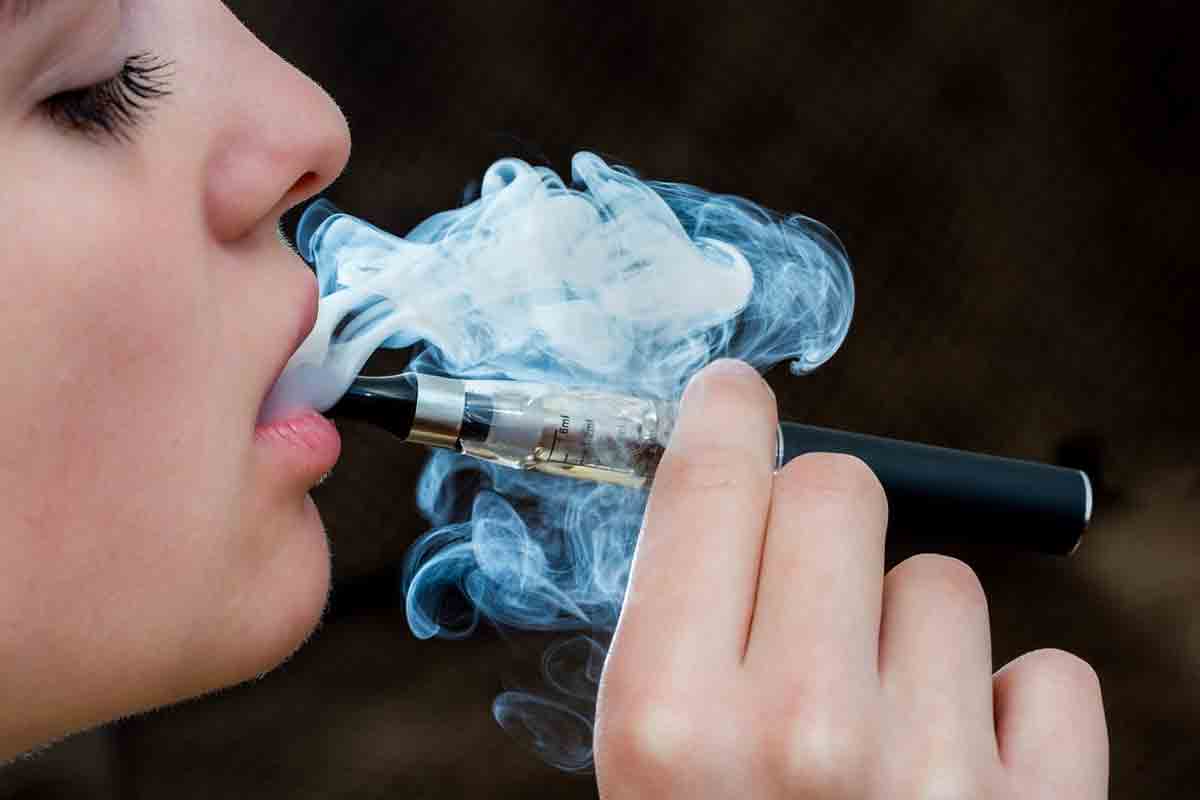
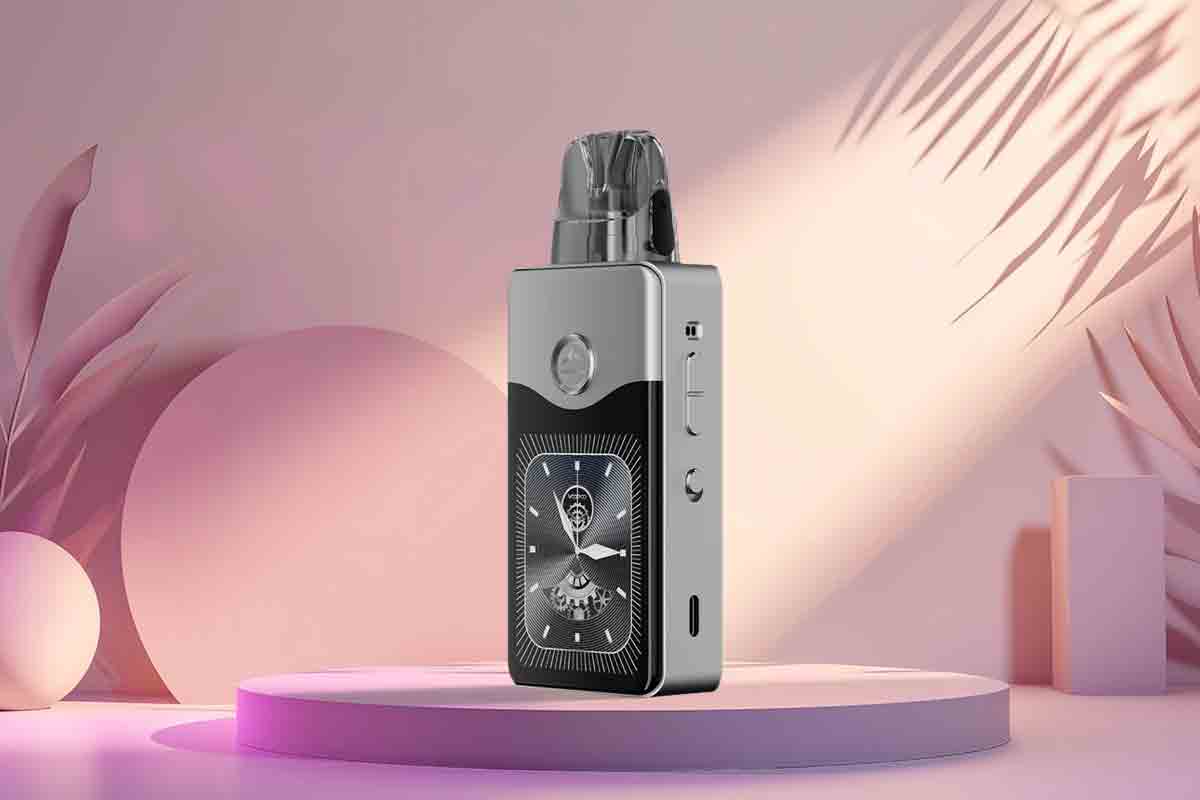
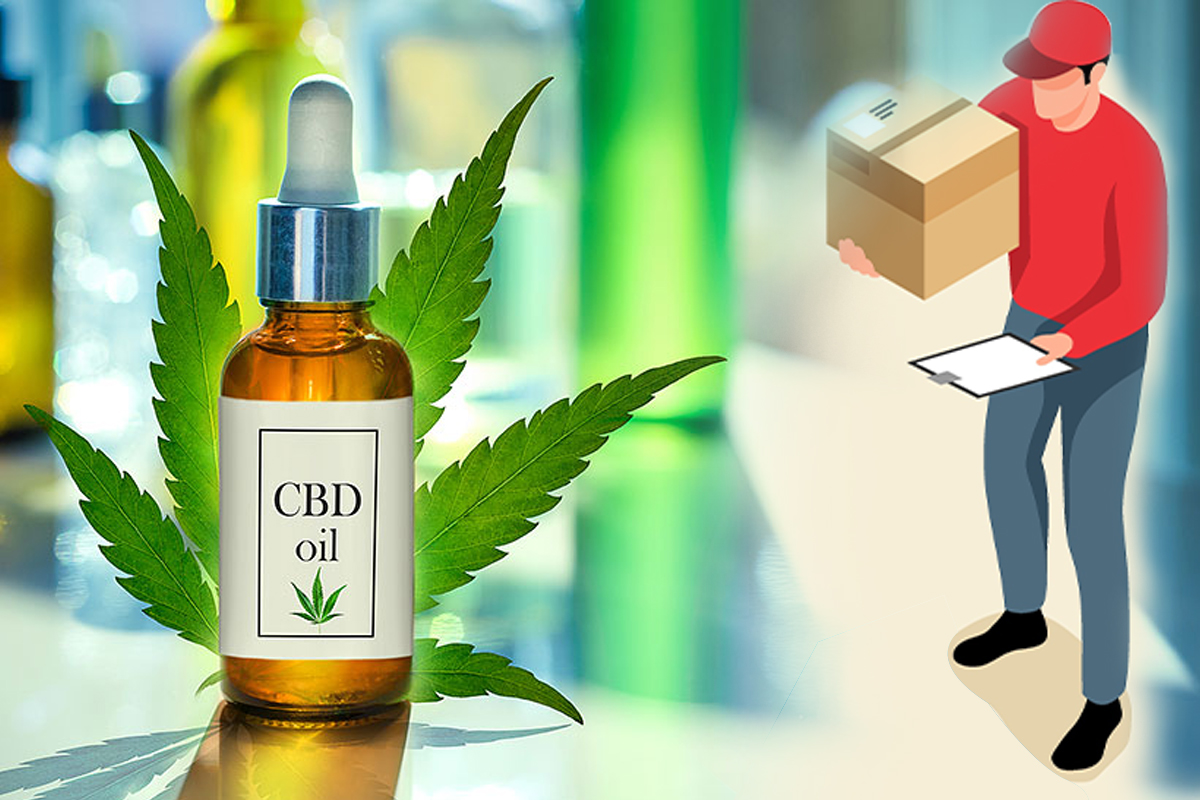

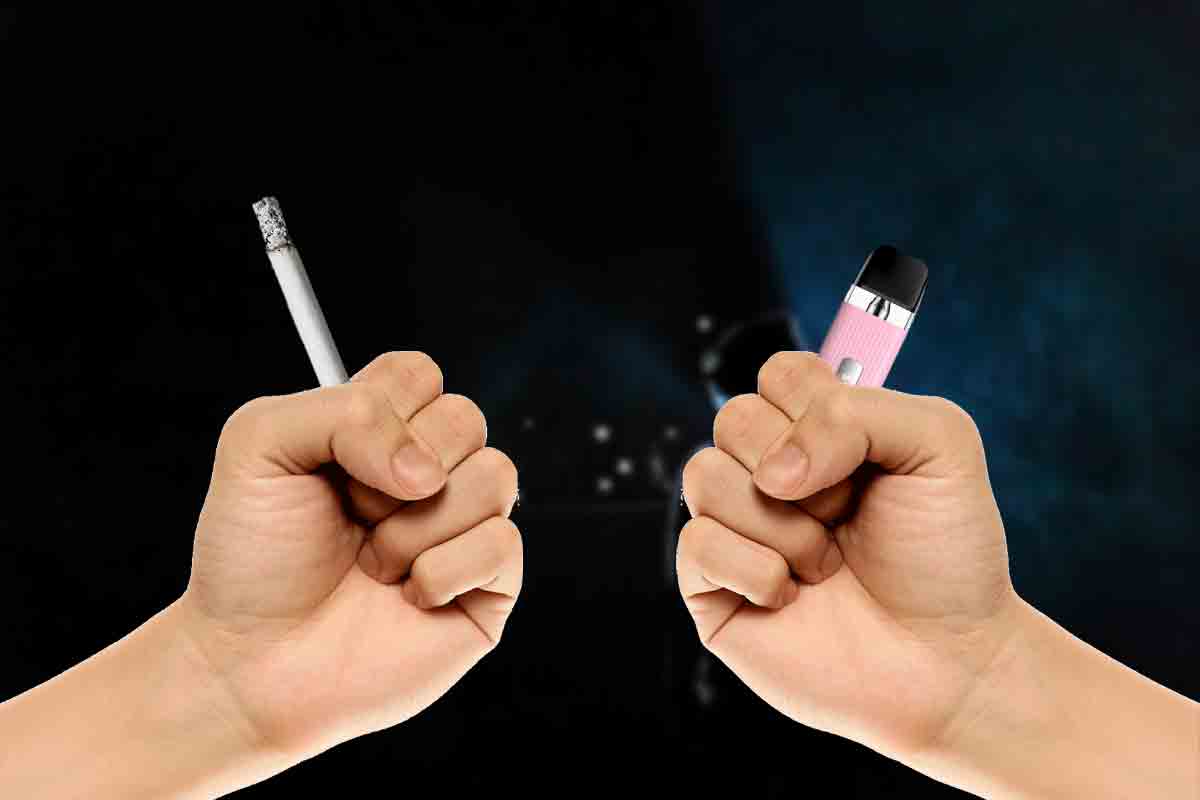
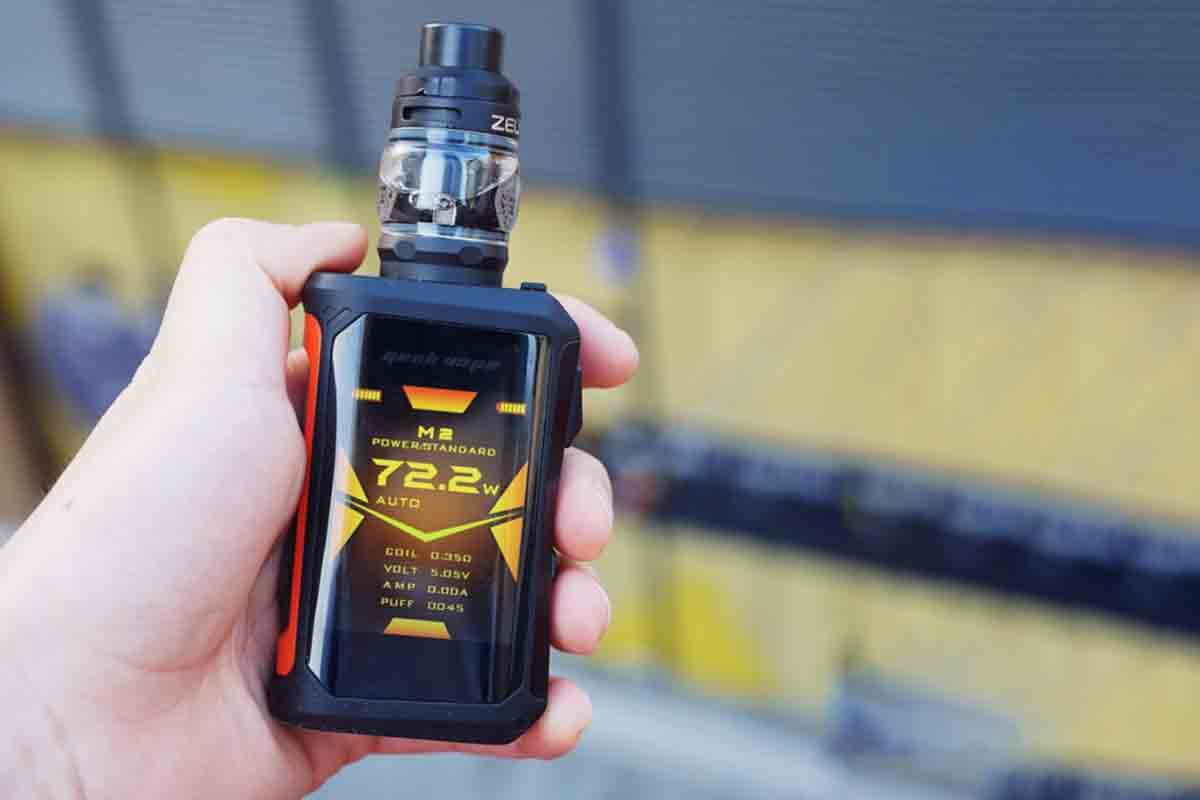

[…] This article examines the various dangers of THC vapes. We begin with an overview of how these devices work and the primary health risks—particularly to the lungs. We then delve into the specific chemical contaminants and toxic exposures associated with THC vaping. Throughout, we emphasize data-backed findings from reputable agencies, ensuring that readers receive an authoritative and balanced perspective on the dangers of THC vapes. […]
[…] the potency of THC vapes affect detection […]